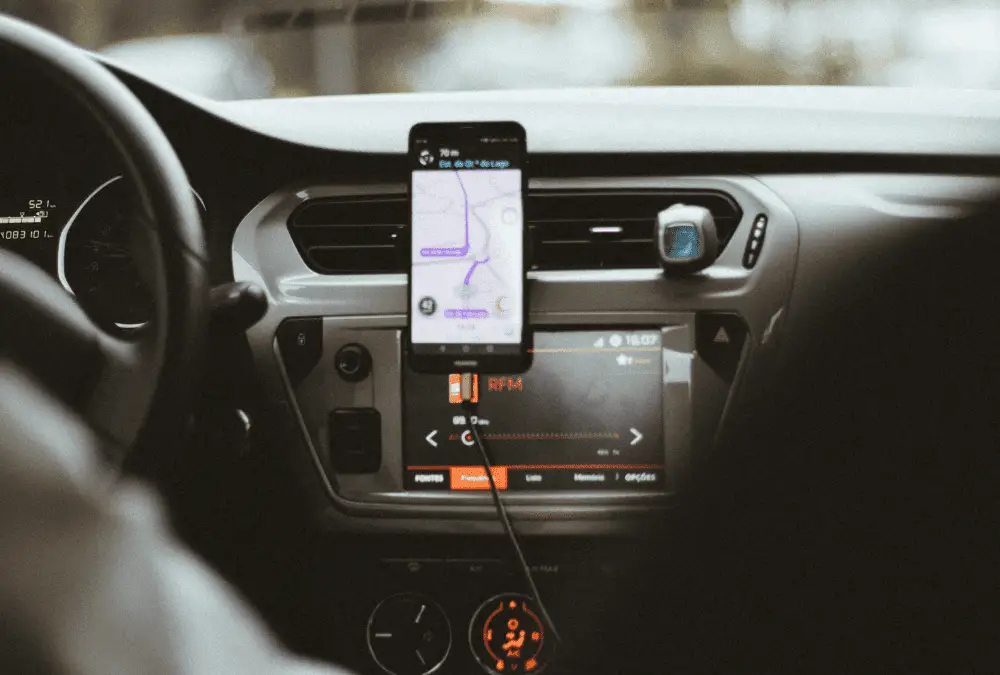This post contains affiliate links.
Ride sharing services have all but stolen the market from big taxi companies. A lift-sharing service’s convenience (and often the price) almost makes classic taxi services obsolete. Uber is the de facto standard in ride sharing because they were pioneers, but competitors like Lyft have come in with lower rates to compete. Yet Uber is often cheaper than Lyft. Let’s see why that is.
Uber can afford to be cheaper than Lyft. According to analysts, Uber created an efficiency gap which led to its rates being an average of 10% lower than those of Lyft. This is because Uber is the leading ride sharing brand giving them a market advantage, more investor trust, and significant capital.
Why is Uber cheaper than Lyft? In short, Uber has the money and the reputation that allows them to charge less for a ride than Lyft. This may seem like an over-simplification, which it definitely is. As with any business, countless factors play a part in Uber’s success, pricing, and growth. Let’s look at the price difference between Uber and Lyft and its reasons in layman’s terms.
Comparing Prices: Uber Vs. Lyft
According to market analysts, Uber is cheaper than Lyft. This was proven in an independent study by Brad Erickson, who is a market analyst for the Royal Bank of Canada. Brad and his team completed 20 sample rides with Uber and Lyft in October 2021. These sample rides were distributed over the ten most significant markets in the United States to get a fair comparison between Uber and Lyft.
The results were surprising. They found that Uber was an average of 10% cheaper than Lyft, but they also got to their destinations faster using Uber than Lyft. The results were so shocking that they caused a 5% drop in Lyft’s share price.
Reasons For Uber’s Lower Rates
Lyft was created to be a cheaper option than Uber, back in the days when Uber could charge almost any price they wanted. Uber was responsible for pioneering the ride sharing industry, and when it started out, there was no real competition apart from local taxis. So as long as Uber charged less or was more convenient than a taxi, they could get away with charging whatever they wanted.
This is why competitors like Lyft entered the market. They offered the exact same service at a reduced price, and some people flocked to the competition. Despite this, Uber remained strong since it already had an established brand.
Most people who only occasionally use ride sharing services will still turn to Uber. It’s mostly those who use it as part of their daily commute who switched to one of the cheaper options. Even then, statistics show that they occasionally still use Uber simply because Ubers are always available. At the same time, the competitors tend to be very location-specific, especially in their early days.
Though the ride sharing market had changed considerably since the early days when Uber just started, Uber has grown to be a giant in the marketplace. This growth and the factors around it are what allow Uber to be cheaper than Lyft. It all boils down to the efficiency gap that Uber created. It’s often said in business that the one who owns the market is the one who sets the prices.
Here are a few factors that led to Uber’s market ownership and the creation of the efficiency gap:
Uber’s Brand Name Has Become A Verb
Uber has become a verb in many communities. Similar to “doing a web search” simply being called “Googling” these days, people say “I will Uber over” even if they use a competitor service like Lyft. This means that people are subconsciously and unintentionally giving Uber marketplace ownership, increasing its reputation, and giving it free advertising.
This probably won’t change any time soon, just like we all still “Google” for things even if we’re using Bing.
The Pioneer Is Always Seen As An Authority
Being the first to do something, or at least the first to do something well always counts in your favor. You will forever be seen as the authority on the subject, and newcomers will always be compared to you as the de facto standard.
That’s what happened to Uber. Since it revolutionized the ride sharing market while giving millions of people the opportunity to be self-employed in the process, Uber set the standard that all the others will be judged by. Whether a person likes Uber or not, they will still compare Lyft and the other competitors to Uber.
Uber Maintains A Level Of Exclusivity
There are currently approximately 750,000 drivers for Uber in the United States. This is low compared to the ±1.4 Million drivers for Lyft (Is it safe to be a female lyft driver?). Logic dictates that this will make Lyft cheaper and faster, which it did for a little while. It is indicative of Uber’s exclusivity, though, since it’s been proven to be much easier to become a Lyft driver than to start driving for Uber.
The Creation Of The Efficiency Gap
This exclusivity means that drivers earn more since they drive more. Despite Uber cutting their rates, their drivers still earn more than drivers for Lyft because they have more work. Studies conducted by the National Bureau of Economic Research show that Uber drivers spend less time being stagnant and waiting for a customer than Lyft drivers, leading to higher efficiency and lower rates.
But doesn’t that mean that Uber’s delivery time will be slower? No. Uber’s app and assigning algorithm have developed so well over the years that rides are assigned more efficiently as well, leading to higher productivity among drivers and consequent faster delivery times. Up to 13% faster than Lyft, according to Brad Erickson.
Uber’s Business Stability
Keep in mind that all of this is in spite of the fact that both Uber and Lyft had to increase their rates because of the pandemic and the disastrous economic consequences it’s had. This is again where Uber’s size and reliability come in. Since Uber has grown so much, it has massive investor trust and capital that’s been built up over the years.
Uber can ride the storm without increasing its rates as much as its competitors. There’s enough capital available for the business to afford a lower profit margin for a short time. Lyft, as a relative newcomer, has not yet achieved that level of stability, and that does not count in their favor at this point.
Conclusion
Uber is cheaper than Lyft and also more efficient at what they do. This is based on proven studies by independent organizations. Of course, this does not necessarily reflect a better customer experience, nor does it mean that it will remain that way. The future is unclear, and anything could happen. One wrong move from Uber or one brilliant step from Lyft could turn it around completely.


